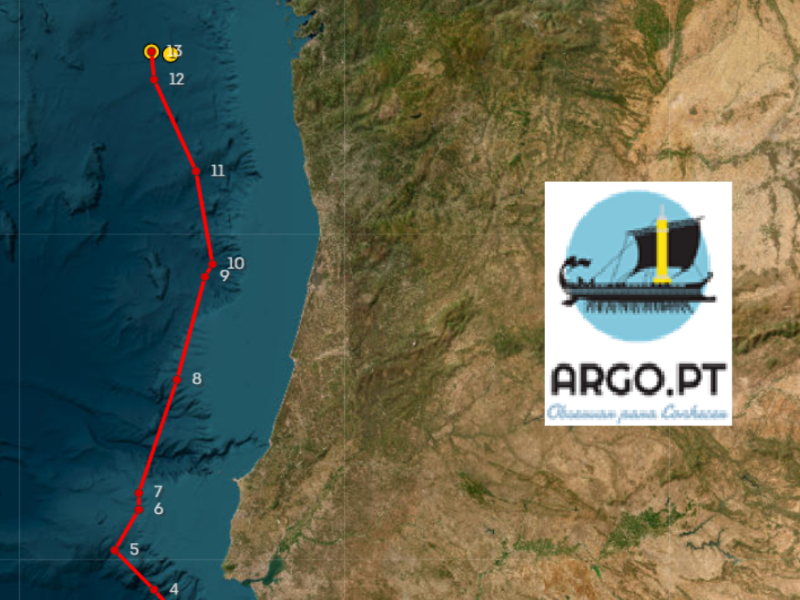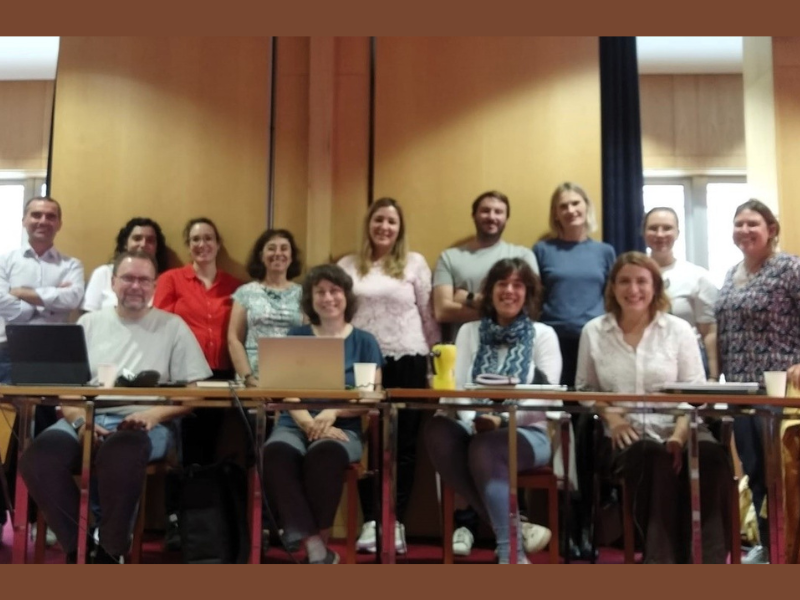News
-
Argo Program
-
EMSO Portugal
-
Mission Project
FREQUENTLY ASKED QUESTIONS
Ultraviolet radiation | FAQ | Caring
- Can you get “scalded” on a cloudy day?
Yes. Although cloudiness attenuates UV radiation, diffuse radiation is intense enough to cause erythema, unless clouds are low and thick. - Is too much sun dangerous whatever the age?
Yes. Human skin and immunity system are sensitive to UV radiation along the whole life cycle. - Under the effect of solar protection can you stay longer in the sun?
No. The protective efficiency of solar protection decreases after its application, so you should not stay in the sun for longer than guaranteed by the SPF. - Should exposure to sunshine be avoided between 11 and 16 h?
Yes. The higher elevation of the Sun causes stronger UV radiation during those hours. - If you don’t feel the heat when exposed to sunshine, can you get “scalded”?
Yes. UV radiation may not be felt due to its absorption at the more external levels of the skin, but it can cause erythema. - Besides the skin, can UV radiation also affect the eyes?
Yes. “Scald” is perhaps the most common effect, but UV radiation can, among other effects, cause the development of cataracts. - Is it enough to apply solar protection again to be exposed to sunshine longer?
No. Solar protection is effective only for some time, so any exposure is dangerous after that. - Are light-skinned and red haired people particularly sensitive to UV radiation?
Yes, light-skinned and red haired people are in the group that is most sensitive to UV radiation. - Does tan protect you from an additional “scald”?
No. Tan is already a reaction to the exposure to UV radiation and will only protect tanned skin in part. - Are adverse “scald” effects cumulative?
Yes. The capability of the human body to protect itself and repair the damages caused by UV radiation decreases along lifetime. - Is sun dangerous in winter and spring?
Yes. The intensity of UV radiation also depends on latitude, altitude and reflection on the surface, such as on snow. - Should children be especially protected?
Yes. Due to their great skin sensitiveness and the cumulative effects of sunburn, children are a hazard prone group that must be protected. - Should reflection of UV radiation by sand and water be taken into account?
Yes. The directions of sunrays and diffuse radiation are equally important for the exposure after being reflected on the ground. - Do you need to stay in the sun to absorb the vitamin D produced by UV radiation?
No. The time of exposure required for the production of vitamin D is so short, that no sunbath is required to absorb it. - The smaller the shadow the easier you get sunburn?
Yes. When your shadow is small, the elevation of the Sun is higher and the UV radiation is more intense. - Can you get “scalded” while in the water?
Yes. Water attenuates UV radiation, but you can easily get “scalded” while swimming. - The higher the altitude, the easier you get your skin burnt?
Yes. The higher the altitude, the less the attenuation of UV radiation by the atmosphere.




